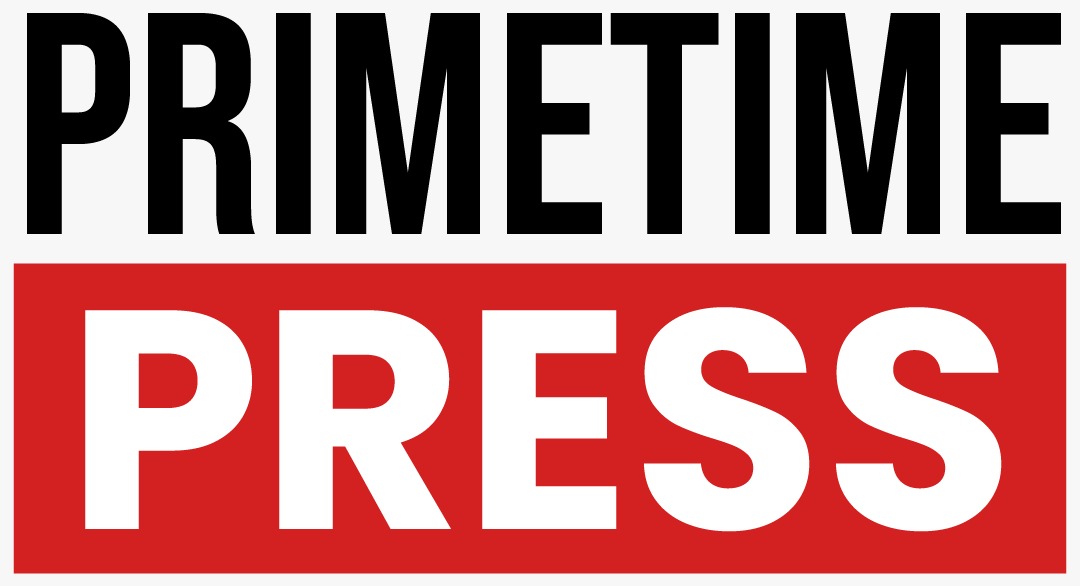U.S. Treasury Secretary Scott Bessent struck an optimistic tone on August 1, 2025, following two days of intensive negotiations with Chinese officials in Stockholm. While he acknowledged that no final trade agreement has been signed, Bessent’s assertion that the United States now sees “the makings of a deal” marked a notable shift from months of stalled dialogue and mounting economic strain. His statement was interpreted as a sign that both countries are now more aligned in their efforts to defuse tensions and move toward a structured agreement.
The talks, which occurred behind closed doors, are part of a broader campaign to resolve growing friction over U.S.-imposed tariffs and China’s control of rare earth mineral exports—materials critical to electronics, defense systems, and green technologies. As the August 12 expiration date for the current tariff pause approaches, negotiators are racing against time to either extend the temporary truce or cement a more durable trade framework. U.S. officials hinted that a 90-day extension is on the table, contingent on approval from President Donald Trump, who has maintained a hardline stance on trade enforcement.
Read Also: https://primetimepress.com/u-s-stock-market-faces-volatility-amid-rising-treasury-yields/
According to sources familiar with the discussions, American negotiators raised pointed concerns about several contentious areas. Chief among them is China’s tightening of export controls over rare earth elements, which the U.S. sees as a geopolitical pressure tactic. The U.S. also pressed for clearer terms on intellectual property protections and greater transparency in Chinese technology procurement—particularly in sectors like aerospace and semiconductors, where Beijing has expanded state-backed investment.
Adding to the complexity of the talks is China’s continued purchase of Russian and Iranian oil, which U.S. officials say could trigger secondary sanctions unless curbed. The Treasury delegation emphasized that failure to address these issues could undermine any agreement and risk further escalation. Nevertheless, Bessent emphasized that “progress was made” and described the talks as “frank and productive,” underscoring a mutual willingness to avoid another tariff spiral.
While the Stockholm meetings yielded no formal joint statement, analysts noted that the shift in rhetoric from both sides was meaningful. Trade experts observed that phrases like “robust,” “highly satisfactory,” and “mutually beneficial” suggest a coordinated messaging effort aimed at signaling stability to jittery markets. Investors, manufacturers, and global supply chain managers have been closely watching these developments, as both the U.S. and China remain crucial pillars of the world economy.
The stakes are especially high given recent geopolitical developments, including new U.S. tariffs imposed on over 65 countries, including many U.S. allies. These tariffs, introduced in parallel with the China talks, have heightened uncertainty and drawn concern from international trade partners. The threat of retaliation from affected nations could create ripple effects across multiple industries and further disrupt trade flows just as inflationary pressures begin to ease in parts of the global economy.
A successful outcome from the talks could yield a multi-pronged benefit: reducing costs for U.S. importers and consumers, reestablishing reliable access to key industrial materials, and strengthening investor confidence at a time when global markets are increasingly sensitive to geopolitical shifts. It could also offer the Biden administration—if involved later in the process—an opportunity to rebalance trade without relying solely on unilateral tariffs.
Still, hurdles remain. Any proposed deal will need to overcome skepticism in both countries. In the U.S., lawmakers across party lines remain wary of granting concessions without enforceable commitments from Beijing. In China, political leaders must balance compliance with foreign demands against domestic pressures to assert sovereignty and avoid appearing weak in the face of U.S. pressure.
For now, Bessent’s cautiously hopeful remarks mark a shift from confrontation toward constructive diplomacy. If ongoing consultations with the White House and Chinese leadership sustain the momentum from Stockholm, an interim deal or extended truce could materialize in the coming weeks. Such a development would provide much-needed relief to global markets, already bracing for a volatile end to the summer trading cycle.

